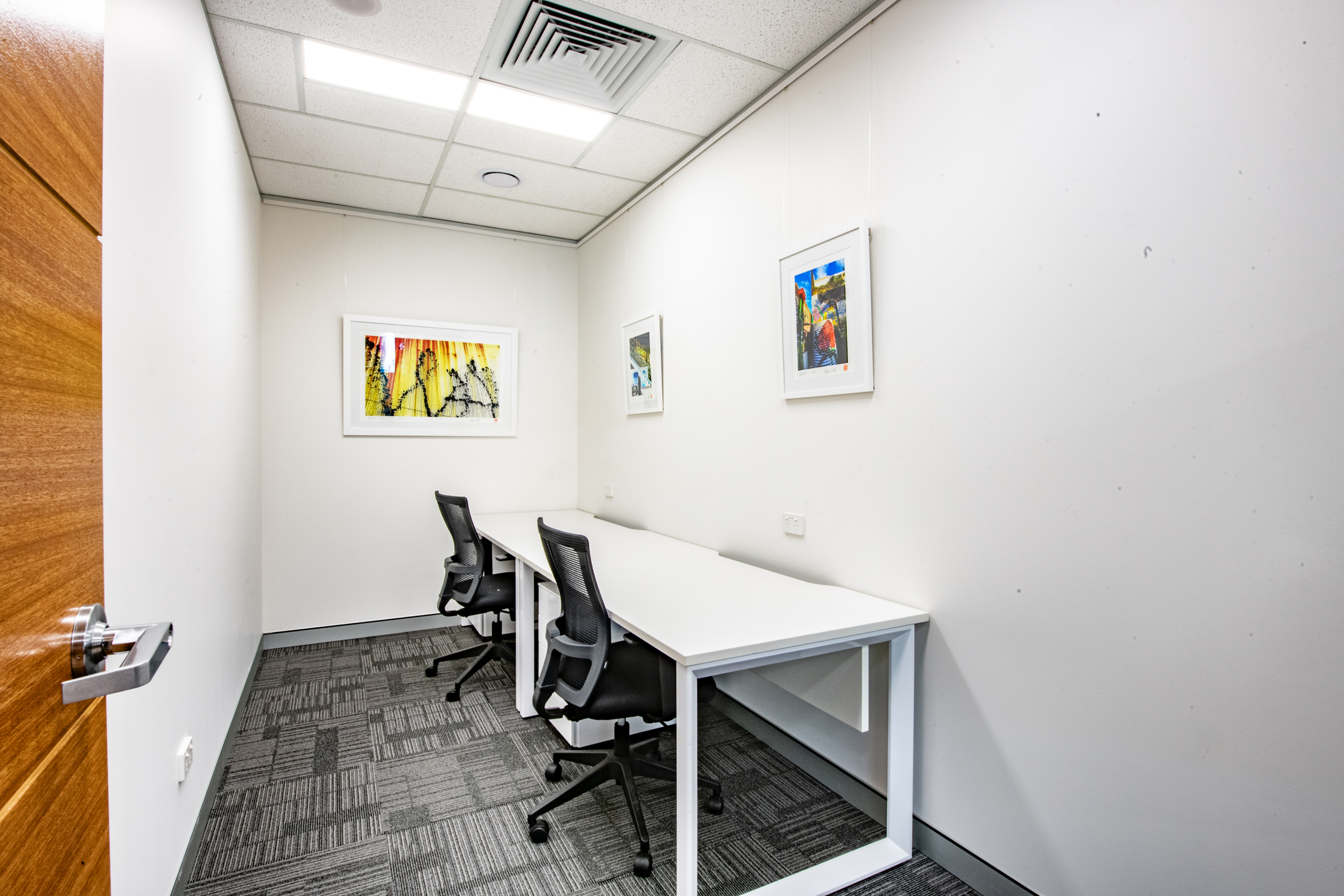
As a small business, being agile is critical for staying competitive in an ever-changing environment. Continuous optimisation offers a way to deal with a dynamic environment so your organisation is proactive rather than reactive to market trends. Here, we look at how you can approach continuous optimisation of your small business plan, including using business process mapping as a valuable tool.
Why continuous optimisation?
Business process optimisation is about making your organisation as effective as possible. It focuses on processes and developing new resources, as well as removing inefficient processes. Continuous optimisation sees managers and leaders engaging in ongoing monitoring, review, analysis, and adjustments.
Continuous optimisation is essential for your business because it delivers numerous benefits.
- Efficiency and quality – Enhancing your business processes can lead to better efficiency, whether in the use of resources, operations, labour, or some other cost factor. Resources can be used more effectively to achieve better outcomes, including higher quality and reduced errors.
- Compliance – Optimisation can also deliver improvements in compliance standards. In an optimised business operation, compliance is built into the processes.
- Accountability and performance monitoring – An often overlooked benefit of continuous optimisation is it can make staff and teams more accountable due to improvements in monitoring, reporting, and reviewing. With improved performance monitoring capabilities, your small business could make better decisions, react more quickly, and reinforce higher standards. Wastage could also be reduced.
- Information accuracy – Whether it’s leaders or staff, everyone could end up with more accurate and timely information to perform their roles.
The idea behind continuous business plan optimisation is to help you achieve the results you want in your small business. It’s aimed at maximising your business resources, resolving operations blockages and other issues, and becoming more proactive and strategic as an organisation.
Your small business optimisation plans should address all key areas of your organisation. It should look at the financial, operational, human resources and organisational structure, and the sales and marketing (or business development) aspects of your business.
Steps in continuous optimisation
Start by assessing your small business plan and operations to figure out what’s not working, as well as what’s working. Once you’ve assessed your operations, you can implement before reviewing and adjusting.
1. Assessment
In this initial stage, you should conduct an accurate assessment of the current challenges in your small business. Think of it as like running a diagnosis. An accurate diagnosis is vital for ensuring your plan can deliver improvements, so take time to work out what’s behind problems and issues.
If you fail to identity the issues and their causes, you’ll end up doing the wrong thing when trying to rectify your operations. Talk to staff members, use analytics and data, and get as much information as you can to achieve an accurate assessment. Once you’ve done this, you will have a solid foundation on which to base your adjusted business plan.
2. Plan development
The next stage is to develop and/or adjust your plan. Rather than a formal document for external purposes like securing a loan, your small business plan can be a detailed statement of your strategy for internal purposes. It starts with your strategy and ideally includes business process maps. Your strategy and plan could cover tactics for improvement, and insights into how to execute your plan and manage your people. It should cover both the short-term and long-term aspects of your strategy.
2.a) Strategy
Your small business strategy is central to your organisation, so you’ll want to get it right. Clarify your strategy and use your overarching strategy as a reference point for your business plan. Everything – from your business process mapping to staff-management plan – should be aligned with your strategy.
2.b) Business process mapping
Business process mapping can be invaluable for making sure processes are carried out to the standards you require. It can be used to make sure everyone performs a process the same way every time, as it helps your staff understand processes with graphic representations of tasks or processes.
Successful mapping can break down communication blockages between functions in your operations. It can help you identify gaps and wastage. Note, it’s best to use business process mapping on transformational or transactional processes, rather than processes that require discretion and decision-making.
In the planning stage, your business process mapping helps you break down the processes and design them to be more effective. Rework processes to align your operations as closely to your strategy as possible. Focusing on process agility as you map your processes is also invaluable, as this will allow your team to react to challenges and opportunities more dynamically.
You can use flowcharts, swimlane diagrams, state diagrams, data flow diagrams, value stream mapping, and any other visual tools you like to map your processes. Business process mapping is an involved process, so if you’re new to it, do some research into the best way to approach it.
Remember, your business process mapping efforts are about transparency, understanding, and improvement. Don’t fall into the trap of creating perfect maps at the expense of usability and practicality.
3. Implementation and adjustment
Once you have a clear plan, complete with strategy and process maps, you can start implementing. Ensure you have buy-in from all staff members for implementing your plan, and keep adjusting as you go along. Continuous optimising suggests you can and should monitor and improve as you implement.
4. Review
As the business’s leadership, take a step back to review your processes on a regular basis. Monitoring while you implement and stepping back to analyse your operations and overall business plan can help you gain valuable insights. As you review your business, you can note down possible areas for improvement. You can then return to step 2, plan development, adjust your plan and tweak your business process maps. In this way, you create an environment of continuous business optimisation.
Stay competitive with continual optimisation
Continuous small business plan optimisation is obviously an ongoing process, so rather than striving for perfection, business owners should balance prioritising quality outcomes with getting it done. With a flexible attitude toward business improvement such as this, your small business can stay competitive and achieve its strategic goals.
Nexus Hub offers flexible workspaces at an affordable price to small businesses. For more information about how our spaces can help you collaborate and innovate, contact us today, or browse out our website for more information.





